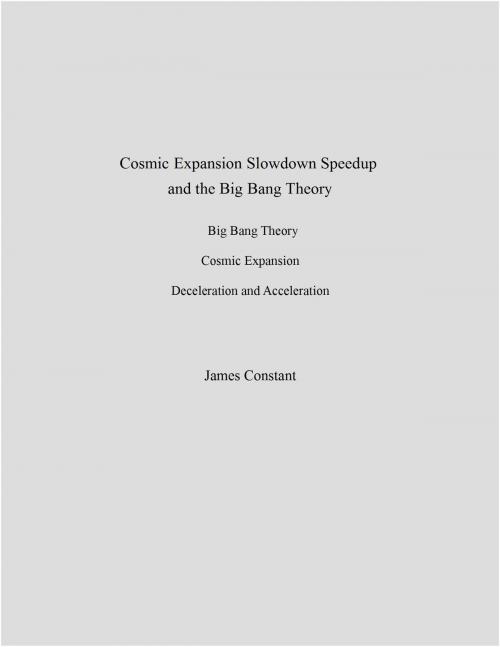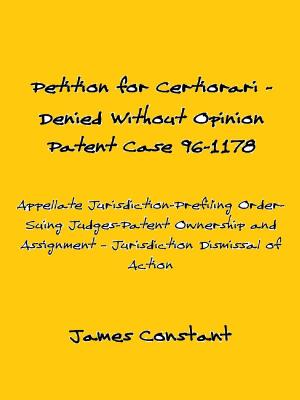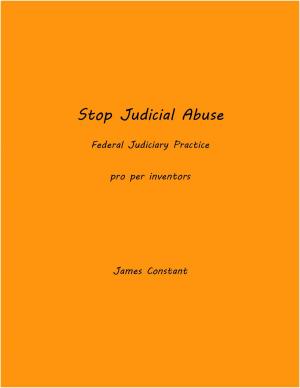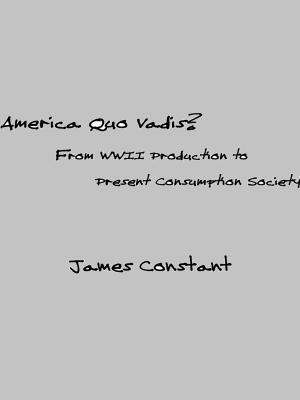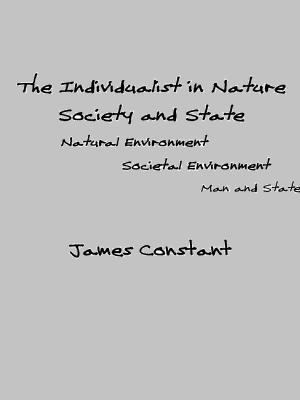Cosmic Expansion Slowdown Speedup and the Big Bang Theory
Nonfiction, Science & Nature, Science, Physics, Gravity| Author: | James Constant | ISBN: | 9781310424588 |
| Publisher: | James Constant | Publication: | March 30, 2016 |
| Imprint: | Smashwords Edition | Language: | English |
| Author: | James Constant |
| ISBN: | 9781310424588 |
| Publisher: | James Constant |
| Publication: | March 30, 2016 |
| Imprint: | Smashwords Edition |
| Language: | English |
Comparing observation and the Big Bang theory, observation tells us that the early universe, over a period of about 3.3 bly, consisted of radiation which later evolved into the galactic system we observe today. The Big Bang theory tells us that the early universe began about 15 bly ago as an initial expansion from nothing forming subatomic particles which lasted for a short time, fewer than 0.4 bly and later evolved into the present system.
Based on Hubble’s linear law v=Hr, space expansion accelerates at the rate a = dv/dt = Hdr/dt = H2r. Thus, assuming linearity of Hubble’s law, both speed v and acceleration a are linear functions of distance r. Currently, actual measurements of speed v and distance r reach out to about 3.3 bly. Beyond that distance, we do not know whether the linearity of Hubble’s law holds and whether the universe expands. Recently, some measurements suggest the universe decelerates (slowdown) and then accelerates (speedup).
A theory which proclaims to explain the universe must explain many observed phenomena including why the universe expands, decelerates (slowdown) and accelerates (speedup). The Big Bang theory, a leading theory, tells us the universe expands because space itself expands but is unable to explain why it expands as v=Hr confirming Hubble’s linear law and why it decelerates and accelerates. Moreover, space expansion is incompatible with observation and theory, including Big Bang theory, because galaxies riding space expansion eschew being converted (evolving) from radiation to actual mass.
Comparing observation and the Big Bang theory, observation tells us that the early universe, over a period of about 3.3 bly, consisted of radiation which later evolved into the galactic system we observe today. The Big Bang theory tells us that the early universe began about 15 bly ago as an initial expansion from nothing forming subatomic particles which lasted for a short time, fewer than 0.4 bly and later evolved into the present system.
Based on Hubble’s linear law v=Hr, space expansion accelerates at the rate a = dv/dt = Hdr/dt = H2r. Thus, assuming linearity of Hubble’s law, both speed v and acceleration a are linear functions of distance r. Currently, actual measurements of speed v and distance r reach out to about 3.3 bly. Beyond that distance, we do not know whether the linearity of Hubble’s law holds and whether the universe expands. Recently, some measurements suggest the universe decelerates (slowdown) and then accelerates (speedup).
A theory which proclaims to explain the universe must explain many observed phenomena including why the universe expands, decelerates (slowdown) and accelerates (speedup). The Big Bang theory, a leading theory, tells us the universe expands because space itself expands but is unable to explain why it expands as v=Hr confirming Hubble’s linear law and why it decelerates and accelerates. Moreover, space expansion is incompatible with observation and theory, including Big Bang theory, because galaxies riding space expansion eschew being converted (evolving) from radiation to actual mass.
